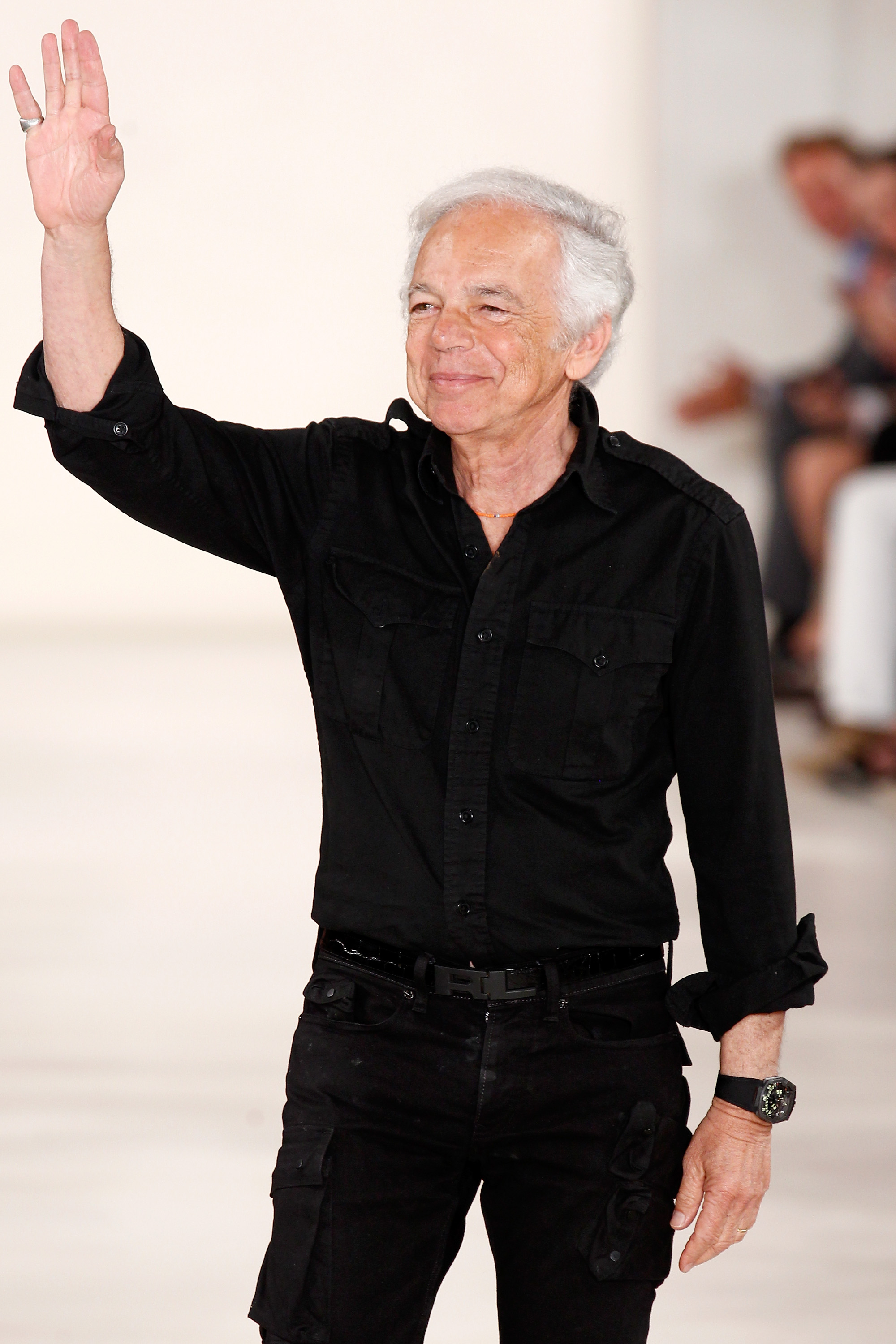
In the 1957 DeWitt Clinton High School yearbook, Ralph Lauren wrote “millionaire” as one of his life goals.
Today, he has an estimated net worth of $7 billion, according to Forbes, after netting billions with his iconic brand Polo Ralph Lauren.
Long before he became a fashion icon, he was Ralph Lipschitz, the youngest son of Jewish immigrant parents living in the Bronx.
Growing up, he learned to escape his family’s poverty by going to the movies and immersing himself in the fictional plot lines.
“He would literally fall into the fantasies of the movies of that era,” Michael Gross, author of Genuine Authentic: The Real Life of Ralph Lauren, told Bloomberg. “He truly did project himself into the scenes in which men like Gary Cooper and Cary Grant were playing. He sees the characters that populate his dreams and visions, and that vision — that ability to step into a fantasy world — Ralph brought to the fashion business.”
He further detached from his humble origins in his late teens when he chose to change his name from Lipschitz to Lauren after enduring years of teasing and bullying.
Later, after a short stint in the army, Lauren moved back to New York City and started working as a clerk at Brooks Brothers.
Then a transformative experience — his first polo match — helped to shape his perspective and activate his entrepreneurial spirit. “We were exposed to fabulous things,” recalled Warren Helstein, the friend that took him to the polo match. “The silver, the leather, the horses, the tall slinky blondes with the big hats, and the high society that we really weren’t knowledgeable of.”
The event inspired him to start developing a high-class, elegant brand, which would eventually become Polo Ralph Lauren.
Having only a high school diploma and a few business classes under his belt, the decision to start his own company was the first of many risks Lauren would take in his legendary career.
The next was designing wide, colorful neckties at a time when narrow and plain was the norm.
The radical approach won over Bloomingdale’s — and loads of customers. He sold $500,000 worth of ties in one year.
Despite such quick success, Lauren relentlessly expanded his company. “Ralph doesn’t sit on his laurels for one minute,” Lauren’s protégé John Varvatos told Bloomberg. “You can enjoy the moment, but you have to keep things going — and you can’t be a one-trick pony.”
When it came to new design ideas, Lauren kept it simple. He envisioned clothing that he would want to wear, clothing fit for a movie star.
“What you thought Cary Grant was wearing, you could not walk into a store and buy,” he told Charlie Rose in 1993. “The things that I made, you could not buy. You could not find them anywhere.”
Lauren took the company public in 1997 — a decision he grappled with, unsure if he wanted shareholders and a board in the picture — but still controls 81.5% of the voting power.
The wide-eyed kid who dreamed of becoming a millionaire now, at age 75, enjoys the spoils of his success, with homes in Jamaica, Long Island, Bedford, and Manhattan, as well as a 17,000-acre ranch in Colorado.
He also boasts one of the world’s most valuable car collections. “Others collect art, but for me owning a rare and magnificently designed car offers a different kind of experience,” he told Architectural Digest. “In the end you can enjoy both the beauty of the machine and the journey it takes you on.”
This article originally appeared on Business Insider
More from Business Insider:
See Ralph Lauren's Most Memorable Designs

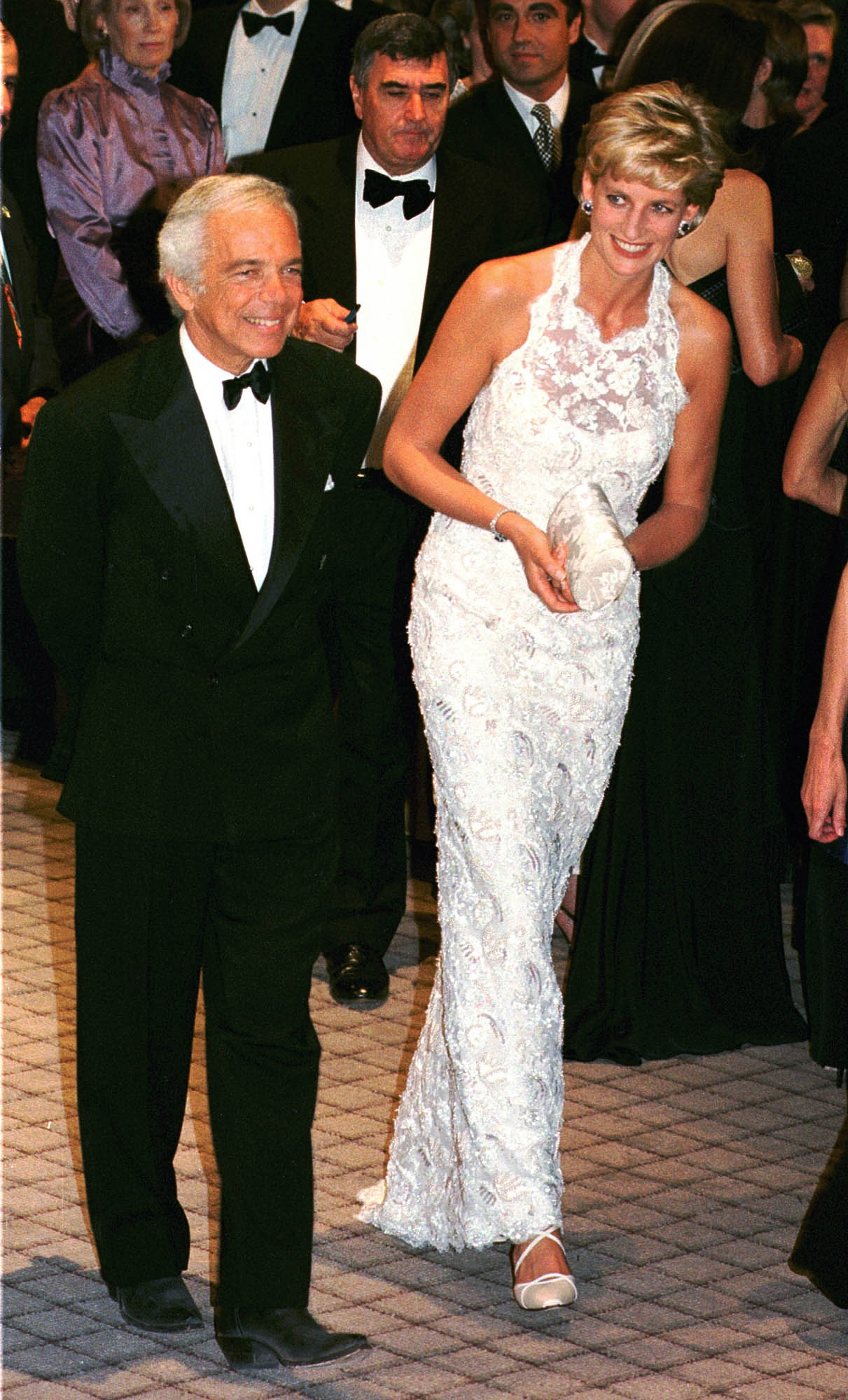

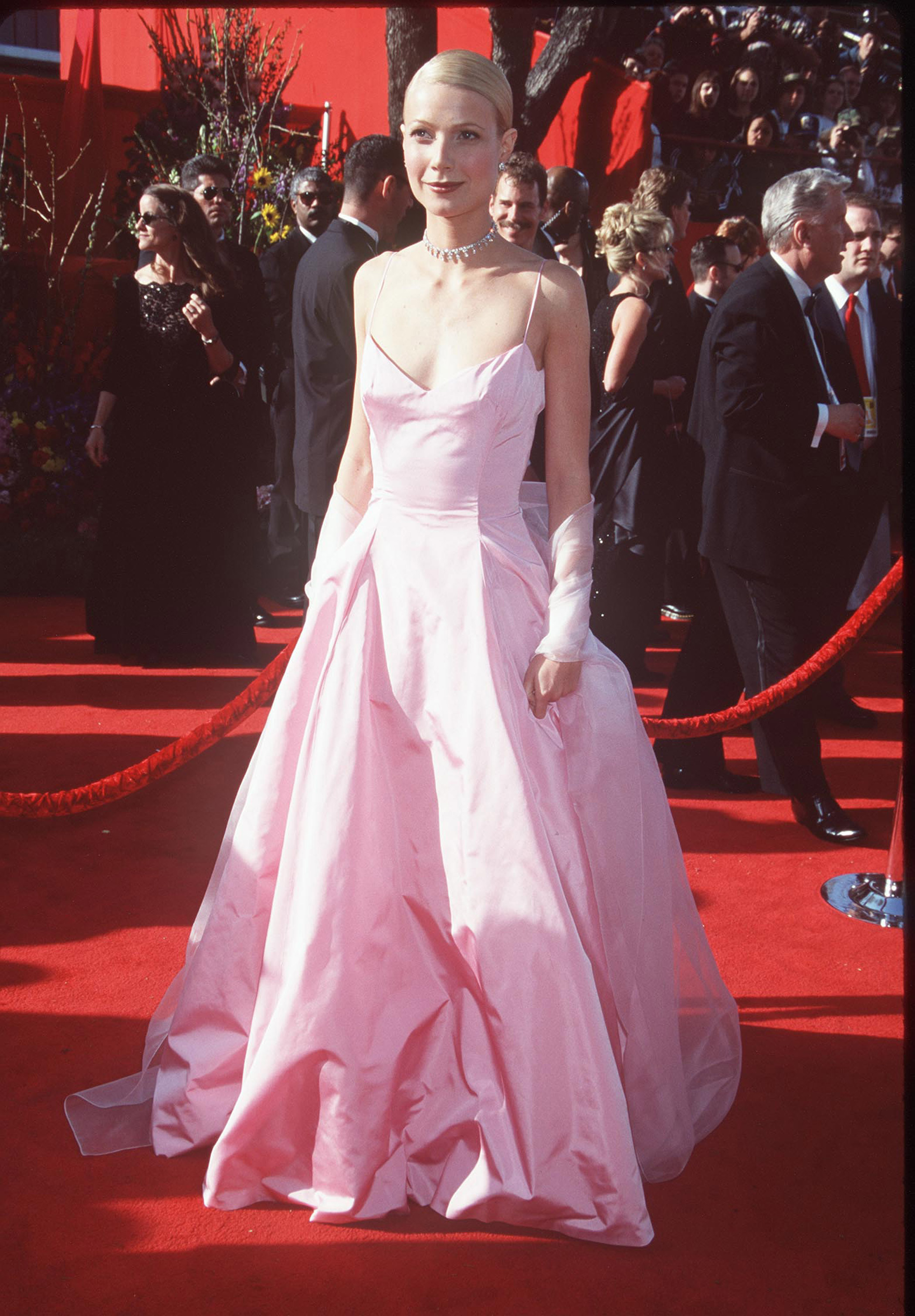


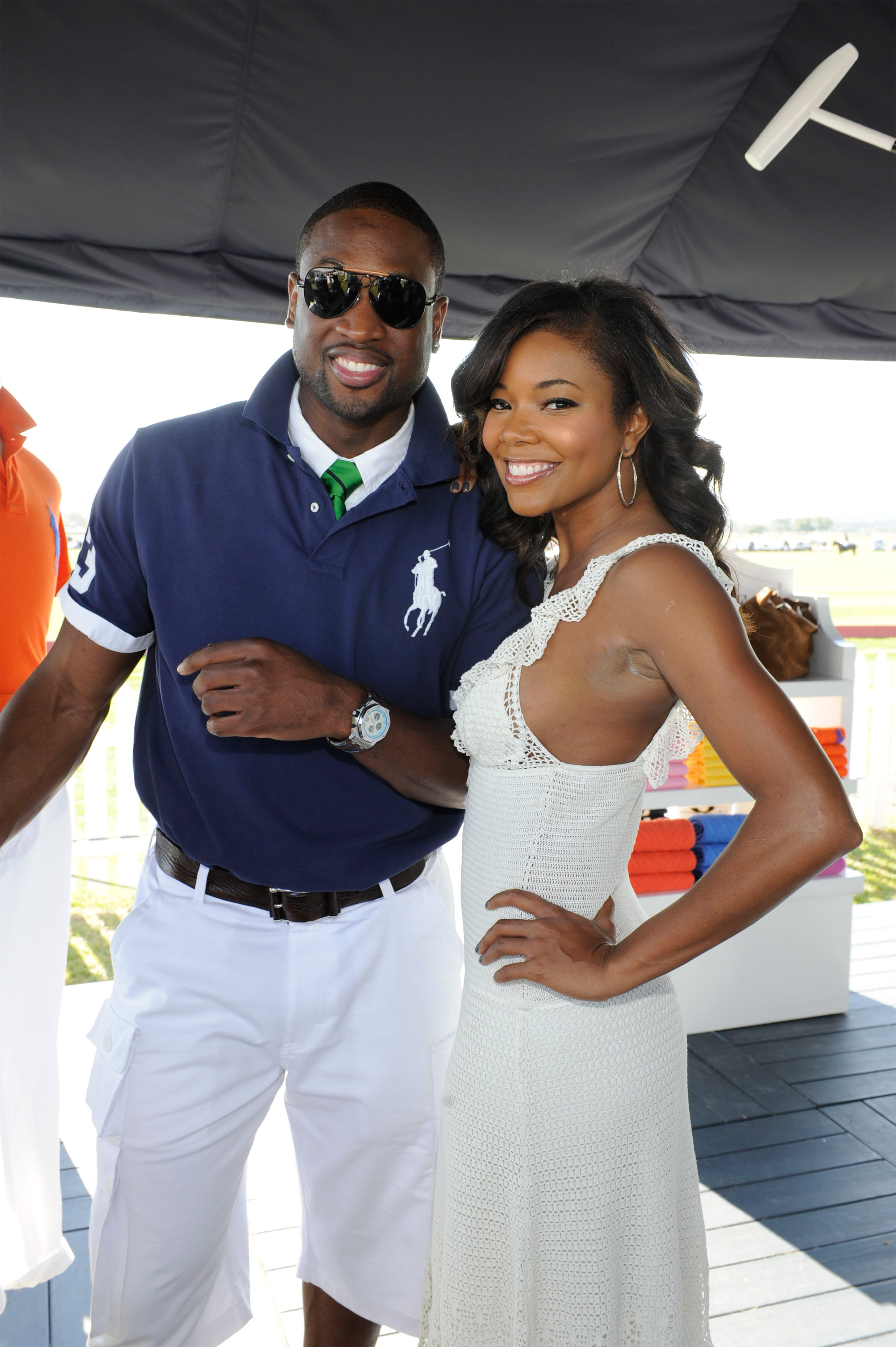


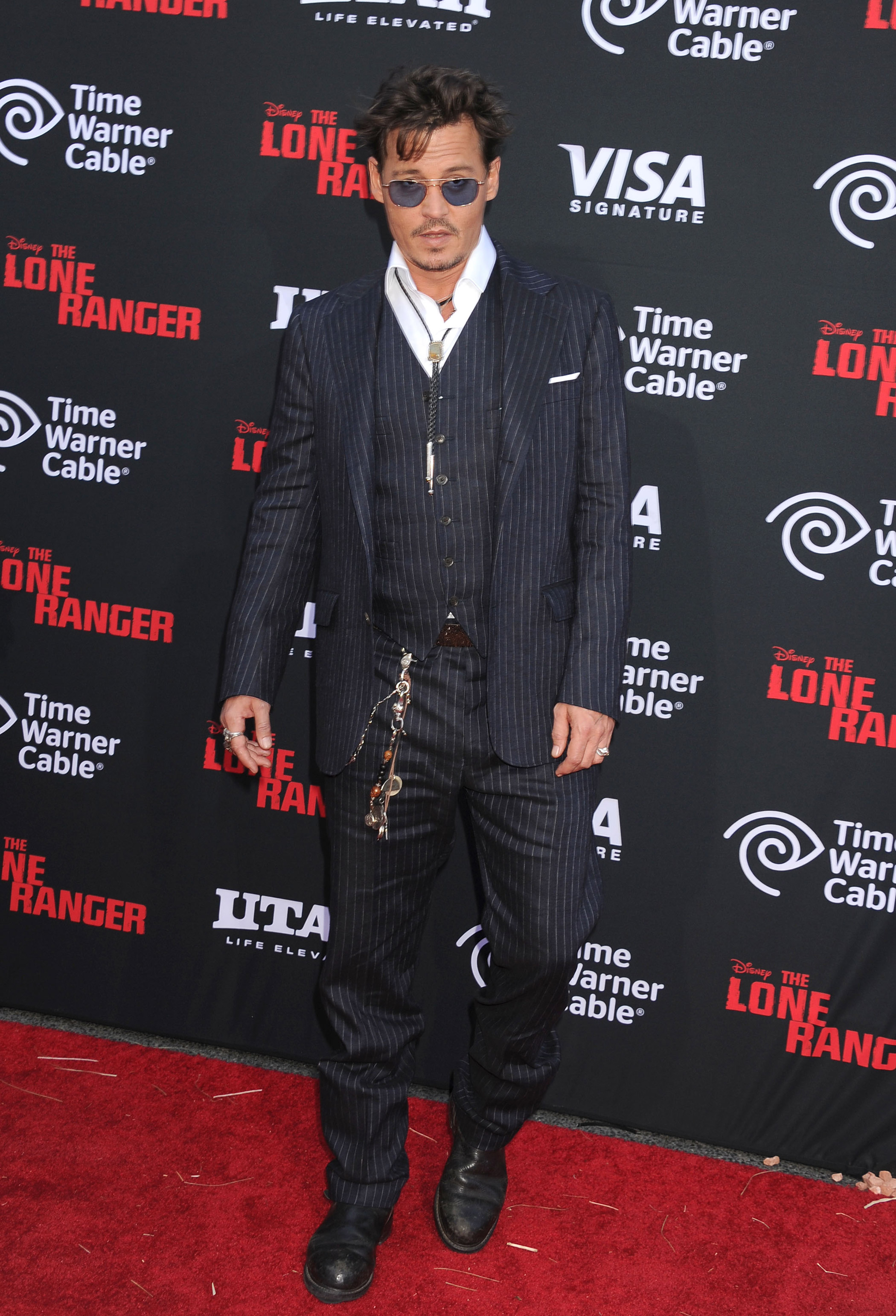
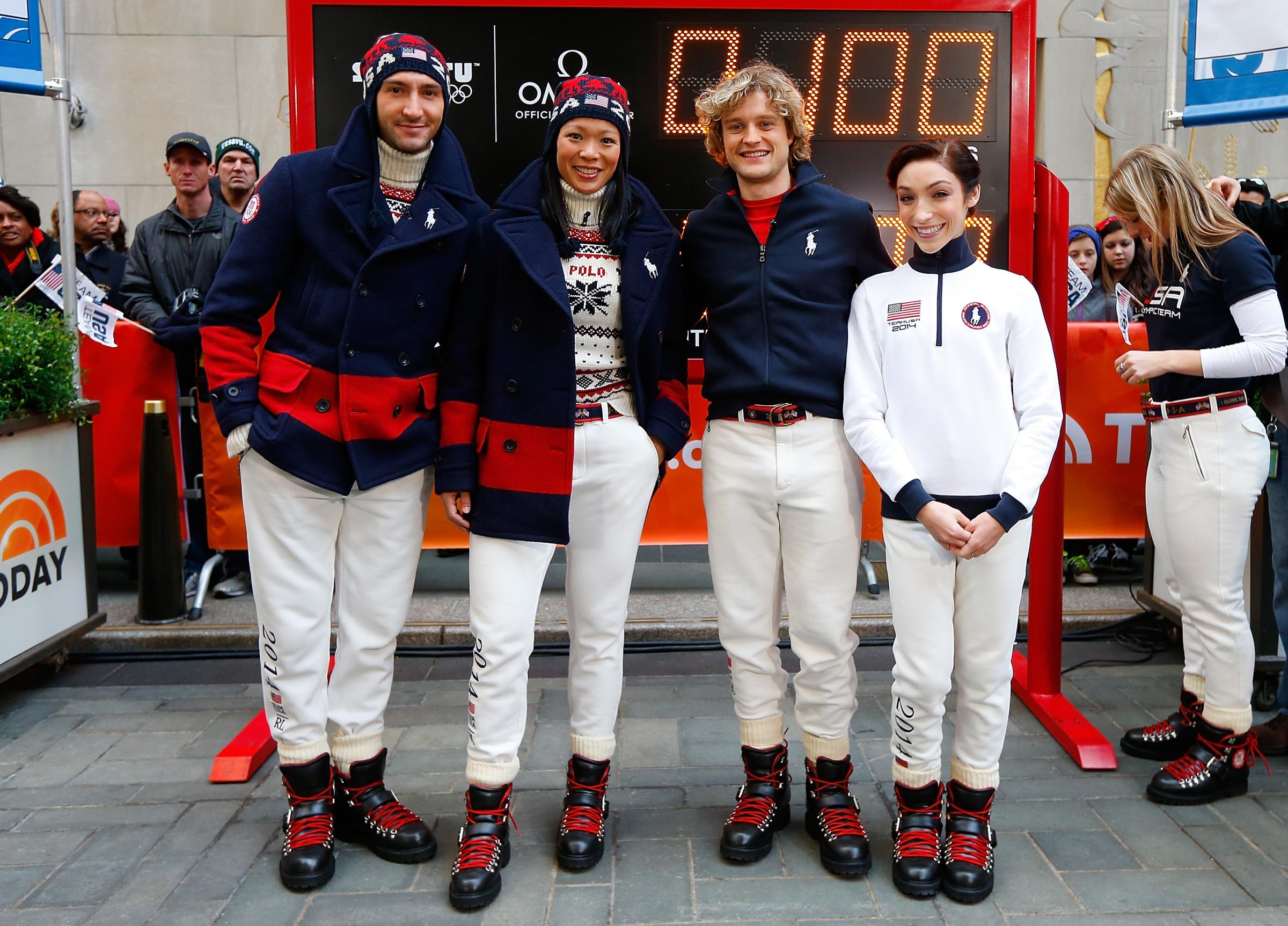




More Must-Reads from TIME
- Donald Trump Is TIME's 2024 Person of the Year
- Why We Chose Trump as Person of the Year
- Is Intermittent Fasting Good or Bad for You?
- The 100 Must-Read Books of 2024
- The 20 Best Christmas TV Episodes
- Column: If Optimism Feels Ridiculous Now, Try Hope
- The Future of Climate Action Is Trade Policy
- Merle Bombardieri Is Helping People Make the Baby Decision
Contact us at letters@time.com